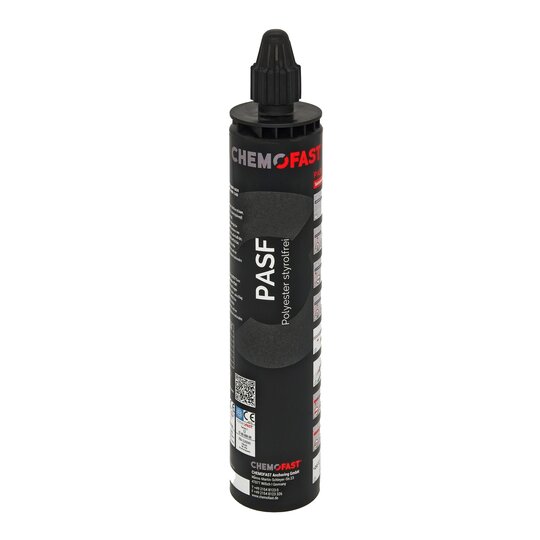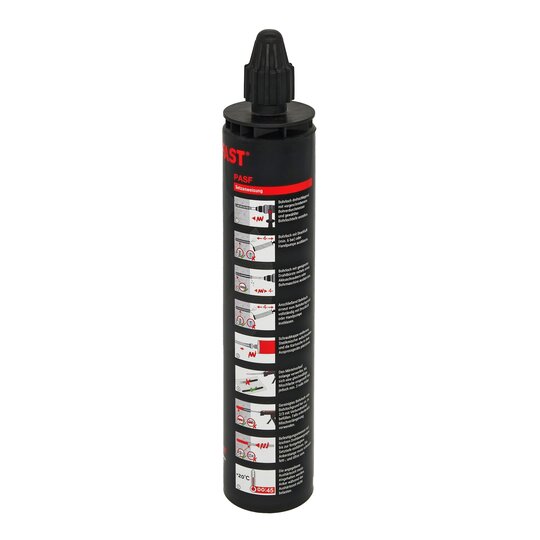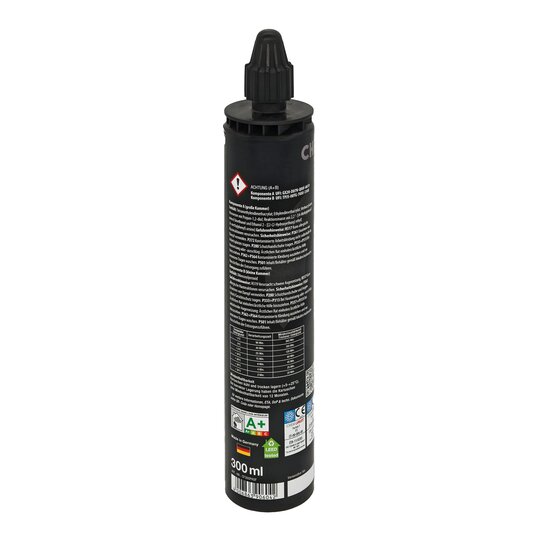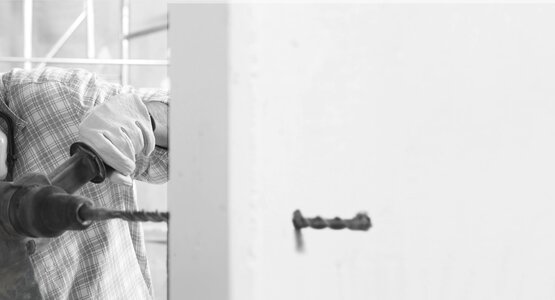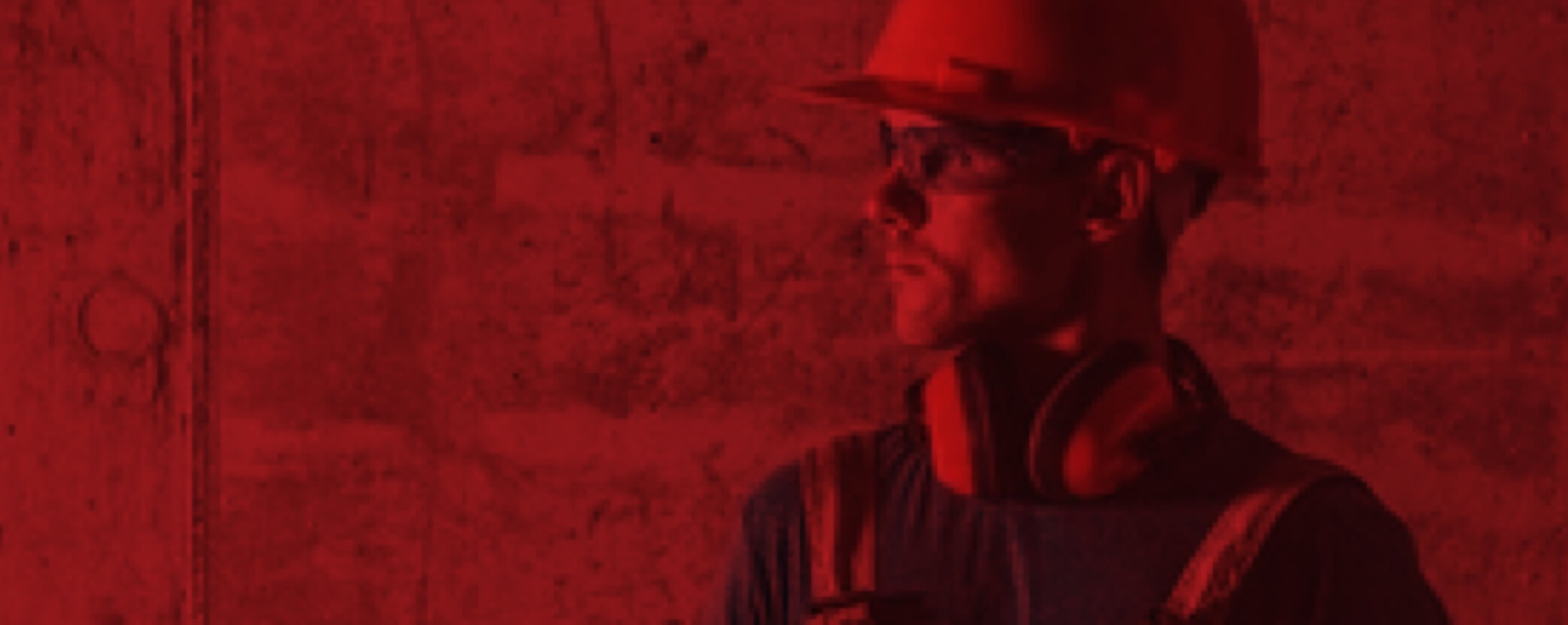Chemical fastening is a fastening technology that uses a composite mortar (usually consisting of 2 components) in combination with an anchor element (usually threaded rod or rebar) to provide heavy-duty fastening in concrete and masonry. Due to their versatility, chemical fastening solutions are always a good choice when conventional fasteners fail. The major advantages of chemical fastening are flexibility as well as anchoring without expansion forces. This allows anchoring in sensitive materials such as masonry as well as fastening in concrete close to the component edge. Chemical fastening solutions are characterized in particular by their high load values and cover a very wide range of applications. In the field of chemical anchoring technology, a basic distinction is made between composite mortar systems (cartridge) and cartridge systems (glass cartridge or foil bag). However, both anchoring techniques are based on the same principle. The differentiation between a cartridge system and a cartridge system is based solely on the product application. However, cartridge systems are significantly more efficient. The advantages are many and convincing. One decisive reason results from the variety of applications. Depending on the formulation, reaction resin mortars are suitable for applications in non-cracked concrete, cracked concrete, masonry and for subsequent reinforcement connections. In comparison, cartridge systems only cover applications in cracked and non-cracked concrete and are neither flexible nor suitable for multiple uses. Cartridge systems, on the other hand, work flexibly and in a multi-layer solution-oriented manner. Chemofast Anchoring has therefore successfully relied on this technology for almost forty years, is considered a pioneer in this field and is constantly developing its systems further. The development of new resins as well as the continuous optimization of cartridge systems are the focus of its work.
